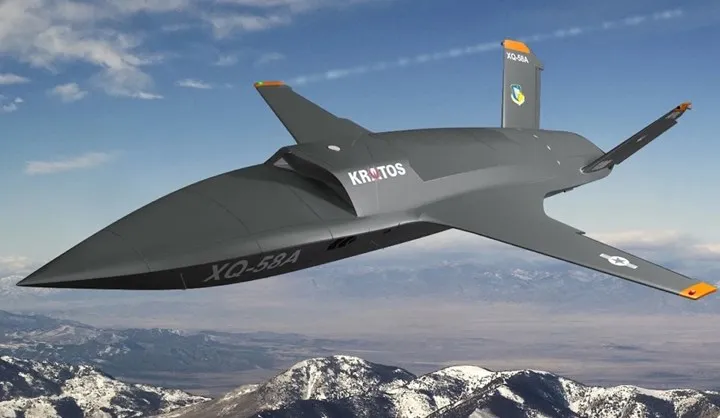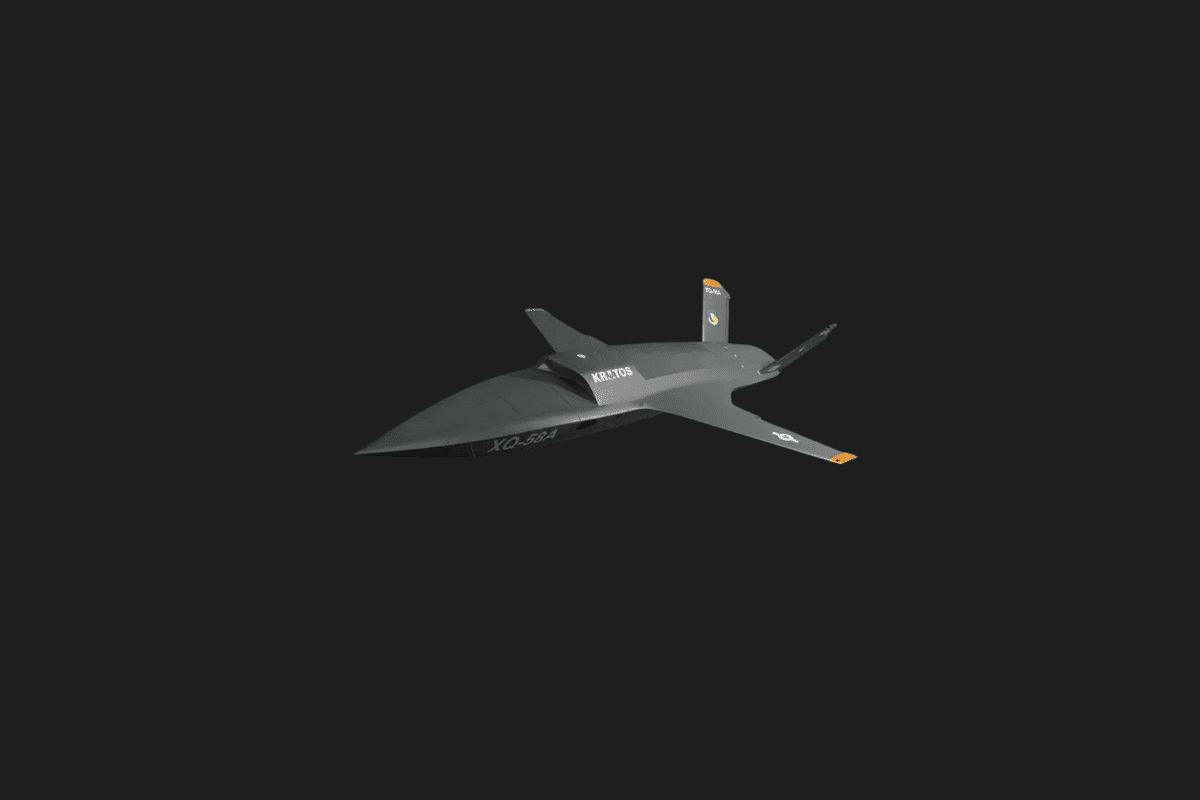The U.S. Air Force is advancing the frontiers of aviation technology. The XQ-58A Valkyrie, an experimental combat drone, recently achieved a significant milestone by completing its inaugural flight completely under artificial intelligence control. This pioneering flight lasted three hours and occurred at the Eglin Test and Training Complex in Florida on July 25, 2023.
The Valkyrie’s AI-driven flight is a result of the Skyborg Vanguard program. The AI pilot that operated the drone was trained using the X-62 VISTA. It underwent rigorous training, accumulating millions of hours in high-fidelity simulations and flights.
These training sessions were based on algorithms developed by the Autonomous Air Combat Operations (AACO) team within the U.S. Air Force Research Laboratory (AFRL).

The XQ-58A Valkyrie, a joint effort between Kratos Unmanned Aerial Systems (KUAS) and the Air Force Research Laboratory (AFRL), stands at the cutting edge of developing jet-powered autonomous fighter aircraft technologies.
The drone’s ultimate goal is to operate without human intervention, either on its own, in cooperation with other drones, or alongside manned aircraft. The U.S. Air Force sees these autonomous fighters as cost-effective resources that can either complement manned planes or be utilized in areas of high risk.
In terms of its capabilities, the Valkyrie has a wingspan of 6.7 meters, can reach speeds up to 1,050 km/h, and operates at a ceiling of 13,715 meters. It boasts an impressive range of 3,941 km and can carry up to eight weapons, including JDAMs and other lightweight bombs.
Brigadier General Scott Cain, commander of AFRL, highlighted the crucial importance of AI in the future of warfare, stating, “Artificial intelligence is key to improving our speed of decision-making and understanding in the changing landscape of war.
The advancement of AI, autonomous capabilities, and the collaboration between humans and machines are progressing rapidly. To remain ahead, the combined efforts of government agencies, academia, and industry partners are essential.”
You may also like this content
- Microsoft Accelerates in Cybersecurity: AI Now Takes the Lead in Protection!
- DeepSeek Takes the World by Storm with Major Update to V3
- Google’s AI Tool Gemini Can Now “See” the World Using Your Phone Camera

